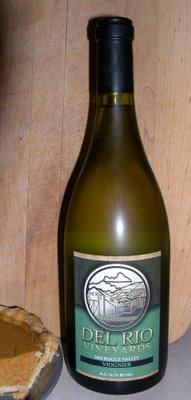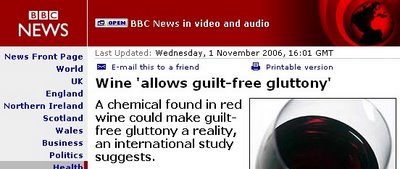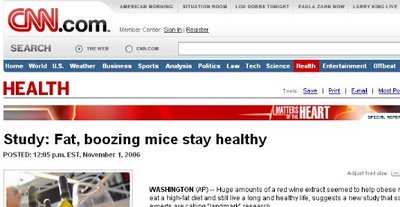Riedel Recant
I've had very intelligent people come to me and say something along the lines of "I understand your points about the tongue map being false and that the glasses really won't direct wine to different parts of the tongue, but I still notice a difference between two Riedel glasses." They seem to sound something like (paraphrased) "I don't know how it works, but like palm reading and UFOs, it just works". Now Caveman probably believes in palm reading and the paranormal, but I always thought the Riedel thing was just a hoax planted in the subconscious by your wallet (you know, the "I spent $50 on this glass so I'll be damned if it doesn't make the wine taste better" phenomenon).
Alder is correct that we can really only taste 5 things and if memory serves, something like 80-90% of what we "taste" is really from the olfactory senses. This reinforced in my mind why different glasses can produce different "tastes". The shape of the glass and the narrowness of its opening alter the nose of your wine enough to change the "taste" - as your mind interprets it, that is, nothing else (acidity, body, etc) is altered.
The best way to test this would be to try two glasses with radically different apertures. First, taste them holding your nose. Second, taste them normally. The difference should be pronounced. To drive this point home even further, try having a very light white burgundy (or red for that matter) in one of those highly stylized ginormous-fishbowl-on-a-stick Bordeaux stems…it's quite astounding when you see what happens to the same wine from a stem which then concentrates the aromas more like a narrow opening burgundy glass. The fishbowl glass will lack aroma and come off as more acidic and slightly thinner, while a narrow aperture glass will be more in balance and more concentrated. Its all about the ratio of bowl to mouth...
Still, I stand by my earlier statements, the shape of the bowl has nothing to do with how the wine hits your mouth and tastes and you should just buy a single set of glasses with a nice bowl shape and a narrow opening, the rest is window dressing.









